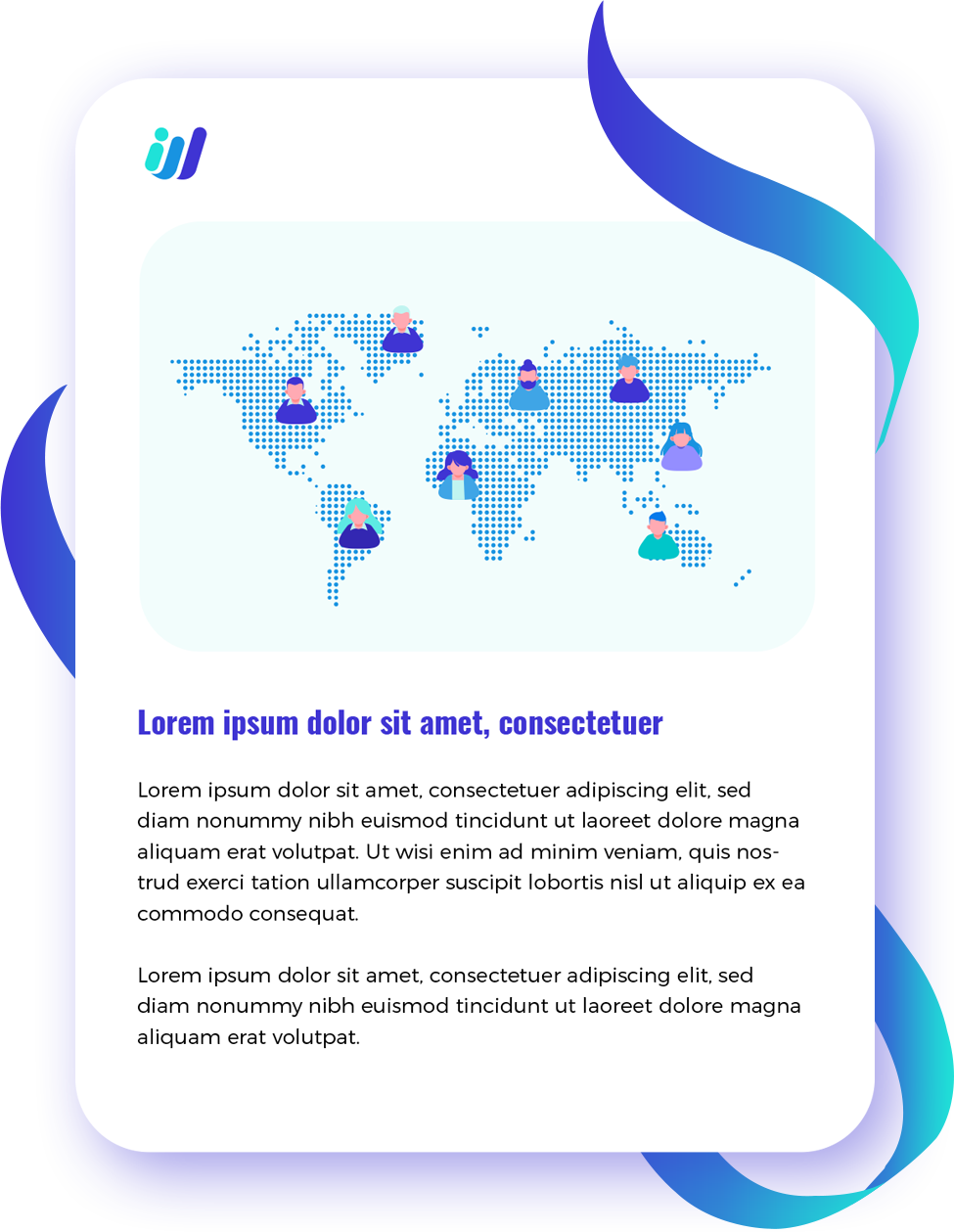If hiring feels harder this year, that’s because it is. There’s something about the global talent market in 2025 that makes it different, even compared to just a few years ago. With the unpredictable economy, roles changing faster than people can upskill, and the fact that good talent can practically choose where and how they want to work, this is no big surprise.
Recruitment used to be about speed: fill the position, move on to the next. But that formula doesn’t work anymore. Companies are realizing that talent acquisition isn’t just an HR task; it’s a business strategy. It affects everything—productivity, culture, and ultimately, profit.
Even with hiring slowdowns in some sectors, the competition for specialized talent has only intensified. Everyone’s chasing the same limited pool of high-performing professionals which is driving up costs like crazy, and even worse, could cause burnout and stress down the line.
Below are five of the biggest roadblocks global companies are facing and what the smartest teams are doing to navigate them.
1. The Skills Gap and the Real Cost of a Vacancy
There’s no gentle way to put it: there just aren’t enough people with the right skills for the jobs available. Around 70% of companies say they’re struggling to find qualified candidates.
And when roles stay open, the impact isn’t just financial, it’s operational. On average, hiring one person costs about $4,700, but for leadership positions, it can go over $28,000 once you count opportunity losses, delays, and staff overload.
Forward-thinking companies are addressing this by building their own pipelines. They’re investing in internal learning, tapping into flexible talent networks, and using predictive analytics to forecast hiring needs before the crunch hits.
2. Compliance in a Borderless Workforce
Expanding globally sounds exciting—until you hit the compliance wall. Every country has its own labor laws, tax structures, and data regulations. One small mistake, like classifying a contractor as an employee or mishandling payroll data, can cause massive headaches.
After the GDPR reshaped privacy laws in Europe, other regions followed suit, and now businesses have to keep up with a fast-changing web of requirements.
The best solution is to localize things and not to overcomplicate too much. Smart companies partner with Employer of Record (EOR) providers or local experts who know the rules inside out. They standardize what can be standardized but stay flexible where it counts.
3. From ‘Cultural Fit’ to ‘Cultural Alignment’
For years, recruiters talked about hiring for “cultural fit.” The idea sounded good on paper but often led to hiring the same kinds of people again and again. That sameness can quietly limit creativity and diversity.
Now the conversation is about cultural alignment, bringing in people who share the company’s purpose and values but still think differently. It’s a subtle shift, but it changes everything.
More teams are training interviewers to recognize bias, adding structure to interviews, and setting up diverse panels. Some even remove names or schools from resumes in early stages to focus purely on skill and potential.
True alignment means respecting differences while working toward the same mission.
4. A Global EVP That Speaks Locally
A strong Employee Value Proposition (EVP) used to be a single message. Now it’s more like a conversation that changes slightly depending on who you’re talking to.
At the core is your purpose and your values, which should always stay consistent. But how you express it needs to make sense locally. For instance, what motivates a software engineer in Manila might be different from what matters to one in Berlin.
Flexibility is the new currency, though it means different things to different people. The best organizations don’t just say they offer it—they define what it actually looks like in each region. That clarity builds trust.
5. Using AI in Hiring Without Losing the Human Touch
AI is reshaping recruitment. Nearly 93% of talent leaders say they’re increasing investment in automation tools this year. The potential is huge—faster screening, quicker communication, better candidate experience.
But there’s a catch: AI is only as fair as the data it learns from. If that data carries bias, the system can unintentionally replicate it.
That’s why companies using AI responsibly run bias audits, track decision patterns, and make sure final calls stay with real recruiters. The goal isn’t to replace human judgment, it’s to enhance it.
Automation can handle the repetitive stuff, but the real advantage still comes from human connection: understanding what a person brings beyond what’s on paper.
The Bigger Picture
In this new hiring landscape, winning isn’t about who moves the fastest—it’s about who adapts the smartest.
The best organizations aren’t reacting to change; they’re preparing for it. They’re blending technology with empathy, planning long-term, and treating every hire as an investment, not just a number.
Because in the end, no matter how digital the world gets, it’s people who drive everything forward. And the companies that remember that are the ones that’ll keep thriving, no matter what comes next.
Ready to dive deeper into how Third Wave Outsourcing can future proof your business strategy? Download our comprehensive ebook to explore the nuances of finding the best talent, building powerful partnerships, and leveraging this global shift for sustained success. The future of outsourcing is here. Are you prepared to embrace it?


